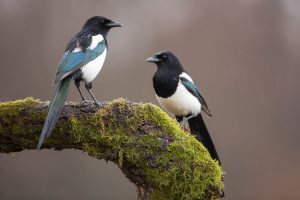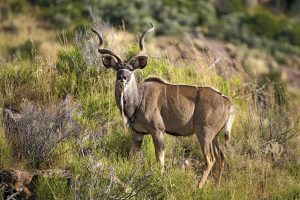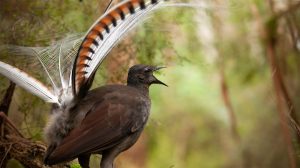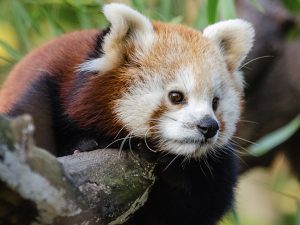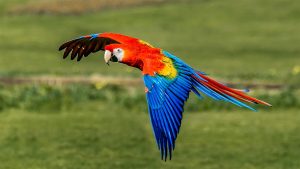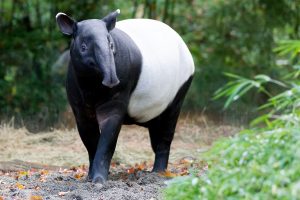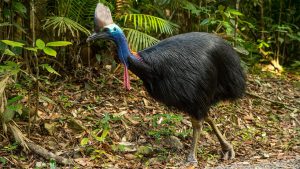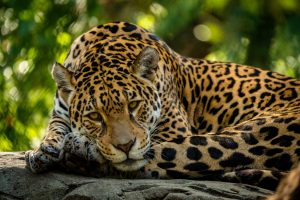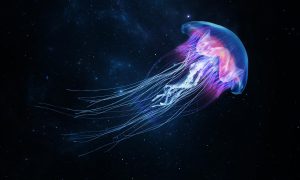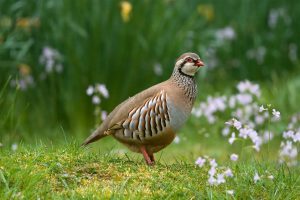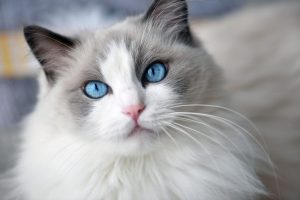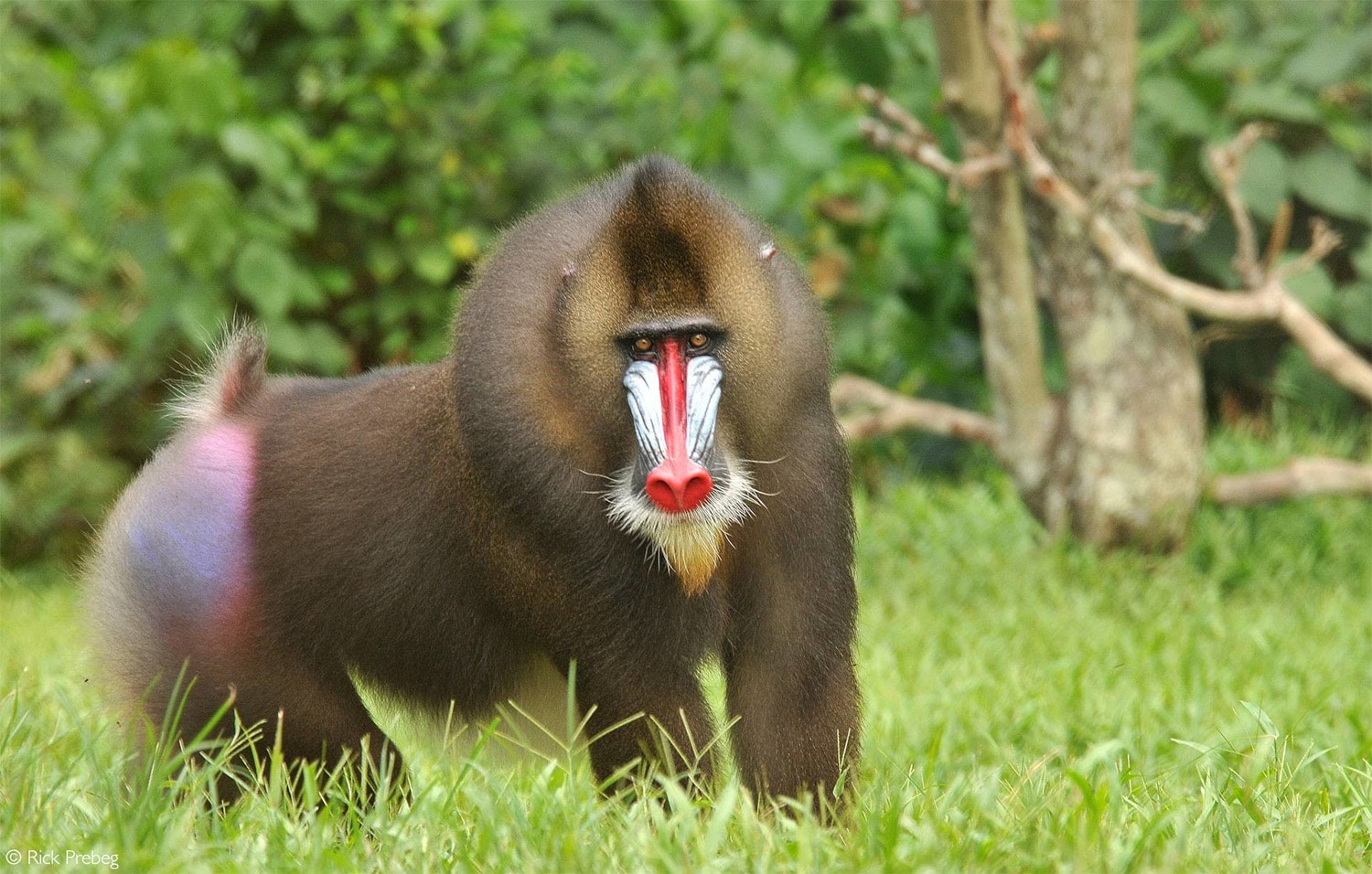
38 interesting facts about mandrills
- 👁️ 1424
Mandrills are among the most colorful and enigmatic creatures of the animal kingdom, often captivating the curiosity of those who learn about them. Residing in the rainforests of Central Africa, these primates are not only remarkable for their striking appearance but also for their complex behaviors and social structures. Their vibrant colors and expressive faces make them one of nature’s most unforgettable spectacles. This article delves into the fascinating world of mandrills, offering a compilation of 38 intriguing and informative facts that illuminate the lives of these extraordinary animals.
- Mandrills are the largest of all monkeys.
- They are part of the genus Mandrillus, which also includes the drill.
- Mandrills are native to the rainforests of equatorial Africa, spanning countries like Gabon, Cameroon, Congo, and Equatorial Guinea.
- The most distinctive feature of mandrills is their colorful face and rump, with males showcasing more vibrant colors than females.
- Their facial coloration includes blue and red hues, with the colors becoming more pronounced in dominant males.
- The coloration of a mandrill’s rump is thought to help keep groups together in dense forests by providing a visible follow-me signal.
- Adult male mandrills can weigh up to 54 kilograms (119 pounds), while females are significantly smaller.
- Mandrills have long canine teeth that can reach up to 2 inches in length.
- Despite their formidable appearance, their diet primarily consists of fruits, seeds, and invertebrates.
- They are also known to eat small vertebrates, including birds and rodents.
- Mandrills are ground-dwelling primates but can climb trees to find food or escape predators.
- They live in large, multi-male, multi-female groups called hordes, which can number in the hundreds.
- The largest recorded horde consisted of over 1,300 individuals.
- Within these large groups, mandrills form smaller, more stable subgroups based on maternal lineage.
- Male mandrills are solitary or form small bachelor groups and only join hordes during the breeding season.
- The dominant male mandrill in a group has exclusive breeding rights with the females.
- Mandrill societies are matrilineal, meaning that social rank among females is inherited from their mothers.
- Female mandrills give birth to a single offspring after a gestation period of about 6 months.
- Infant mandrills are born with a black natal coat and pink skin, which changes as they mature.
- Mandrills are known for their loud vocalizations, which they use to communicate within the dense forests.
- They also use a wide range of facial expressions and gestures for social communication.
- Mandrills have cheek pouches that they use to store food while foraging, allowing them to eat it later.
- Their lifespan in the wild is estimated to be around 20 years, but they can live longer in captivity.
- The biggest threat to mandrills is habitat loss due to deforestation and human encroachment.
- They are also hunted for bushmeat in some regions of Africa.
- Mandrills use scent-marking to communicate, with each individual having a unique scent.
- They have special glands on their chests and wrists that produce these scents.
- The alpha male mandrill’s vibrant coloration is partially due to testosterone levels, with colors fading if the male loses dominance.
- Mandrills are capable of swimming.
- Their name is believed to have originated from a misinterpretation of the word “mandril” in Linnaeus’s time, which did not refer to this species.
- Mandrills are preyed upon by large predators such as leopards and eagles.
- They have been observed using tools in captivity, such as using sticks to clean themselves.
- The mandrill’s status according to the IUCN Red List of Threatened Species is vulnerable.
- Genetic studies have shown that mandrills are closely related to baboons.
- Mandrills have a complex system of communication that includes over 30 different vocalizations.
- Their fingers and toes are equipped with nails, unlike other primates that have claws.
- Mandrills play a crucial role in their ecosystem as seed dispersers due to their fruit-heavy diet.
- The vibrant colors of a mandrill’s face and rump are thought to play a role in mate selection, with females preferring males with more intense coloration.
The mandrill is a testament to the complexity and beauty of nature’s creations. With their vivid appearances, intricate social structures, and fascinating behaviors, mandrills offer a window into the diversity of life in the world’s tropical forests. These 38 facts underscore the importance of conserving their habitats and ensuring their survival for future generations to admire and study. Through understanding and appreciating the lives of such remarkable creatures, we can foster a deeper connection with the natural world and a stronger commitment to its preservation.
